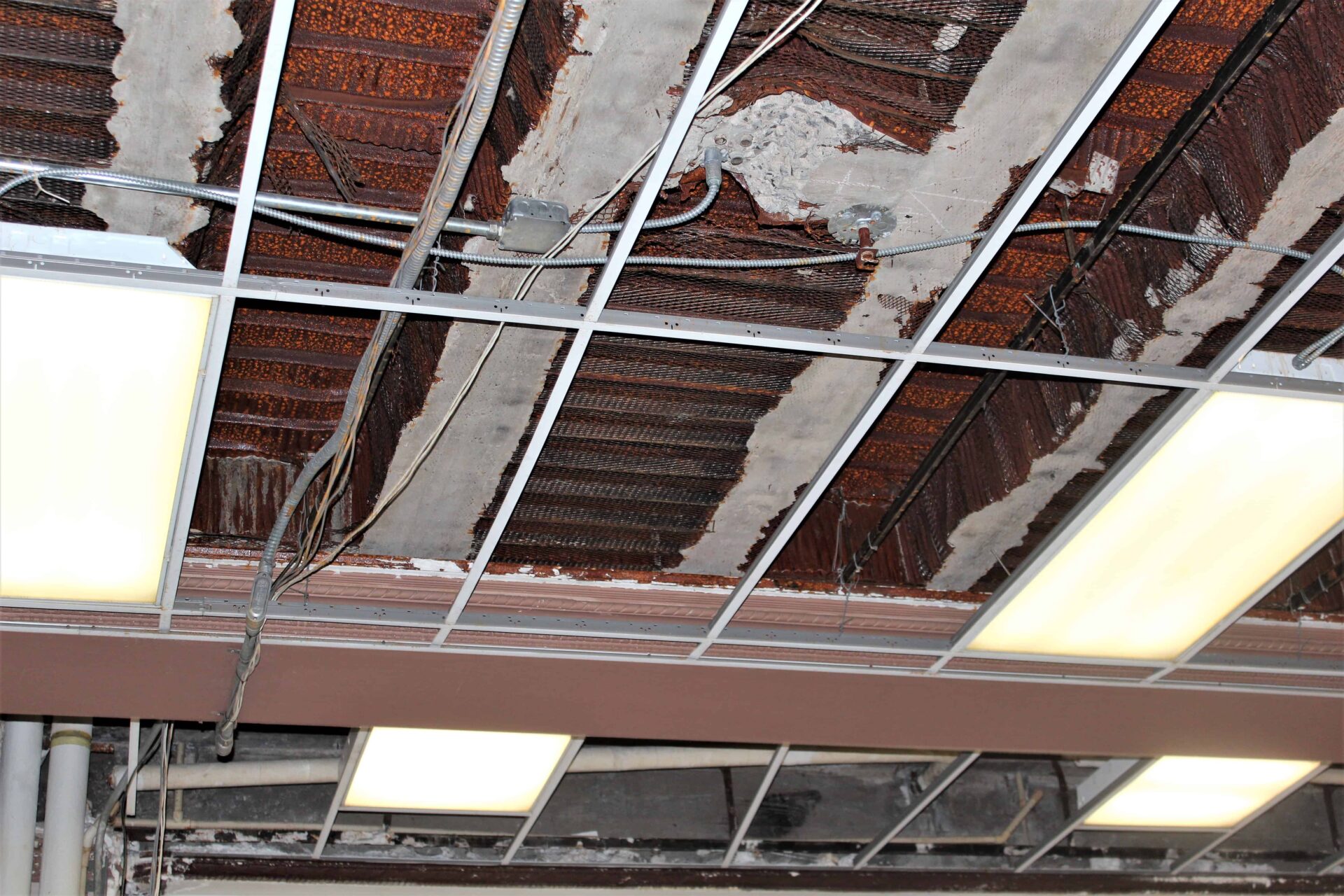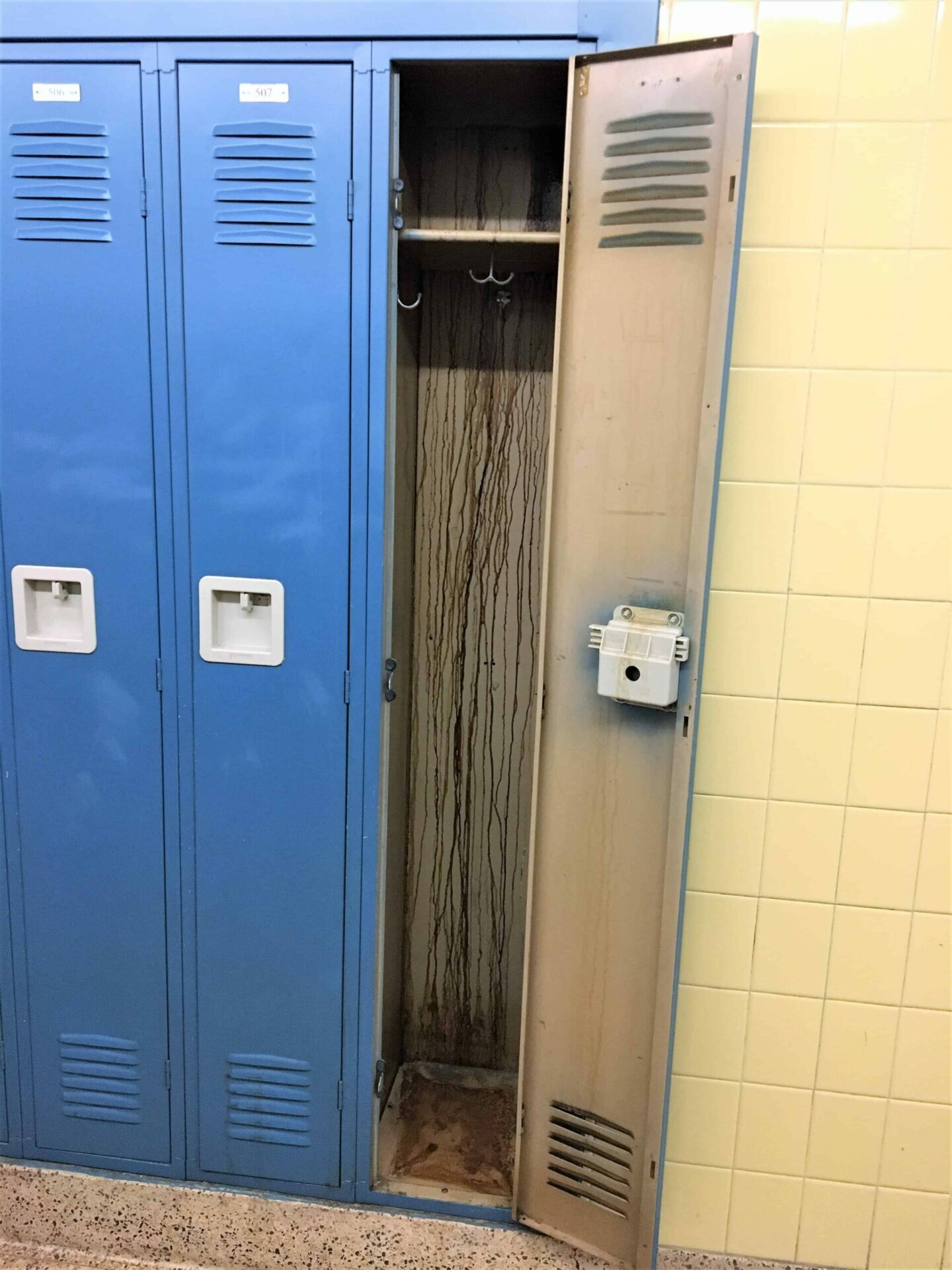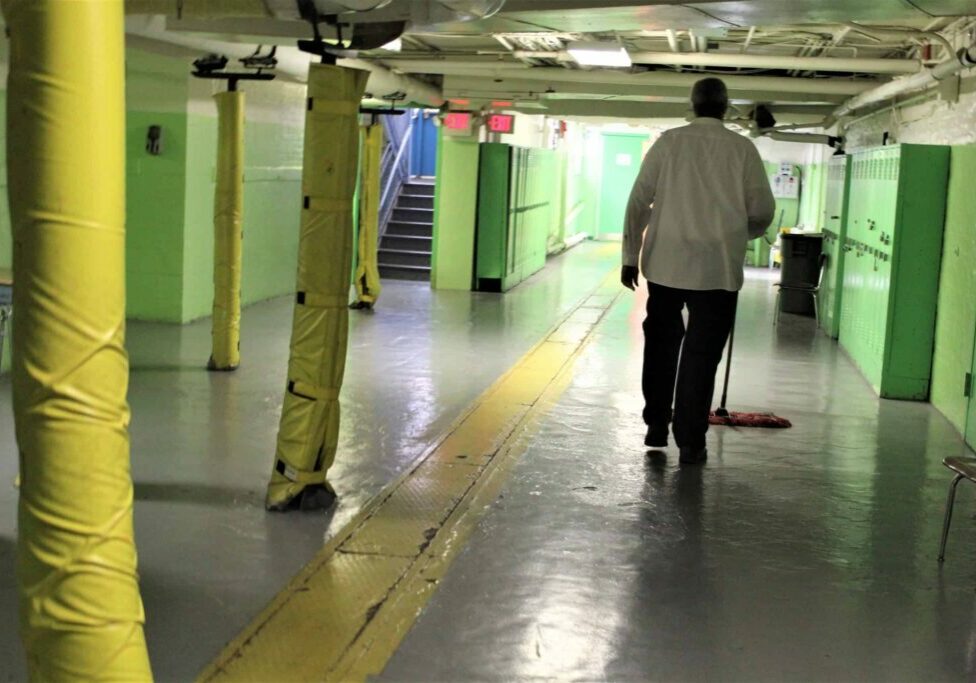by Heather Sorge
COVID-19 has placed a spotlight on how badly many New Jersey schools need upgrades, repairs, and replacement. Overcrowding and outdated or nonexistent ventilation systems are especially prevalent. These issues have been plaguing some of our districts for years, and it’s only getting worse.
National experts say that schools are one of our most hazardous indoor environments. Schools are up to four times more densely occupied than many offices, putting heavy demands on ventilation, mechanical, electrical, structural, and plumbing systems and on maintenance and cleaning staff. School hazards include disrepair, poor ventilation, temperatures too hot or cold, mold and moisture, toxic materials, dust and dirt, germs, pests and pesticides, poor lighting, and construction and renovation-related hazards.
Unhealthy schools can trigger asthma attacks, allergies, headaches, fatigue, nausea, rashes and chronic illnesses. Staff and students miss school or are less productive because exposures to hazards in the school affect their health.
The state and local school districts don’t provide enough money to routinely maintain all of these schools or build new ones when needed. Even urgently needed repairs are often not made. This is especially true in the 31 low-wealth, urban school districts in New Jersey, some of which are among the poorest in the United States. These districts depend on the Schools Development Authority (SDA) for funding. It is time for the Legislature to act and fund school construction programs.
Schools Development Authority
The SDA, which provides significant support to rebuild and upgrade aging facilities infrastructure, was launched in 2000 to comply with rulings in the landmark Abbott v. Burke case. Won by the Education Law Center (ELC), the rulings ordered the state to fully finance needed improvements to dilapidated, overcrowded and unsafe school buildings in the state’s 31 most economically distressed districts. Initially dubbed “Abbott districts” they are now referred to as “SDA districts.” In establishing the Abbott school construction program, the Legislature included grants for projects in non-SDA districts—called regular operating districts—and county vocational schools.
Despite the constitutional mandate, the state has failed to provide funding to the SDA since 2008 when the Legislature approved $3.9 billion in bonding authority—$2.9 billion for SDA districts and $1 billion for regular operating districts. At this point, all of the 2008 money has either been expended or is committed to the remaining dozen or so projects that will all be completed by 2024.
Although the program is nearly out of money, tremendous needs remain across districts. In 2016, the New Jersey Department of Education (NJDOE) and the SDA surveyed the SDA districts about health and safety projects that may qualify for state school construction funding. In response, 23 of the 31 districts submitted 429 project applications to address significant unsafe, unhealthy and dangerous conditions: leaky roofs, crumbling facades, fire safety, and antiquated mechanical systems. Seventy-five of those applications involved inadequate heating and ventilation systems.
Of the 429 district applications, the NJDOE approved only 15 repair projects in just four districts for state funding. Only two of the approved projects included repairing unsafe ventilation systems. The NJDOE has provided no information on whether the SDA districts were able to complete the dozens of additional ventilation projects with other available funds.
In the most recently approved SDA Long Range Facilities Plans, the 31 SDA districts identified the need for over 300 additional major construction projects. And in a January 2019 Educational Facilities Needs Assessment, the Office of Schools Facilities at the NJDOE found that 15 districts have serious space deficiencies. The fact that many schools, particularly in the SDA districts, have not been able to reopen during the pandemic is directly related to poor ventilation systems and overcrowding.

Where we are now
The SDA has already identified the next round of priority projects. It released a Statewide Strategic Plan last year identifying 24 priority projects in 18 school districts (see link in resources). None of these projects can move forward unless the Legislature authorizes more funding for the construction program. The Legislature should work with the SDA and NJDOE to determine the amount of funding needed for school construction in both the SDA and Regular Operating Districts and propose a funding bill.
Grants for regular operating districts
This problem is not just an issue for the 31 SDA districts, this funding issue affects all districts. In addition to aiding the SDA districts, the SDA also provides regular operating district grants. Non-SDA school districts are eligible to receive at least 40% of eligible project costs. Funds may be used to address health and safety and overcrowding issues, to provide spaces to deliver in-district programs for disabled students, or to deliver full-day kindergarten facilities for school districts required to provide full-day preschool.

Next steps
As ELC returns to court, once again advocating for the health and safety of our most vulnerable students, we need to support them by contacting our legislators and demanding that they reauthorize the constitutionally mandated funding that SDA districts need and deserve as well as money for regular operating district grants. See the sidebar for contact information for your legislators.
These school buildings have been in desperate need of repair for years, and in some cases decades, putting our staff and student’s health and safety at serious risk. If we’ve learned one lesson from COVID, it’s how our environment can reduce or encourage the spread of the virus. Let’s take that lesson and turn it into positive action by ensuring that all New Jersey schools are safe and healthy.
Heather Sorge is the organizer for Healthy Schools Now (HSN) with the New Jersey Work Environment Council. HSN is a coalition of more than 75 organizations representing a diverse set of stakeholders including public school advocates, parents, social justice advocates, faith leaders and environmentalists dedicated to ensuring all New Jersey children and school employees learn and work in safe, healthy, modernized school buildings. Please contact hsorge@njwec.org to get involved.
Resources
Healthy Schools Now
njwec.org/take-action/campaigns/healthy-schools-now
ELC Abbott v. Burke overview
edlawcenter.org/litigation/abbott-v-burke/
NJSDA Strategic Plan
njsda.gov/NJSDA/Content/Projects/2019_Statewide_Strategic_Plan.pdf
NJSDA
njsda.gov/NJSDA/AboutWhatWeDo
Contact your legislator
njleg.state.nj.us
In the left-hand sidebar under “Members,” click on “Find your Legislator” for contact information.
